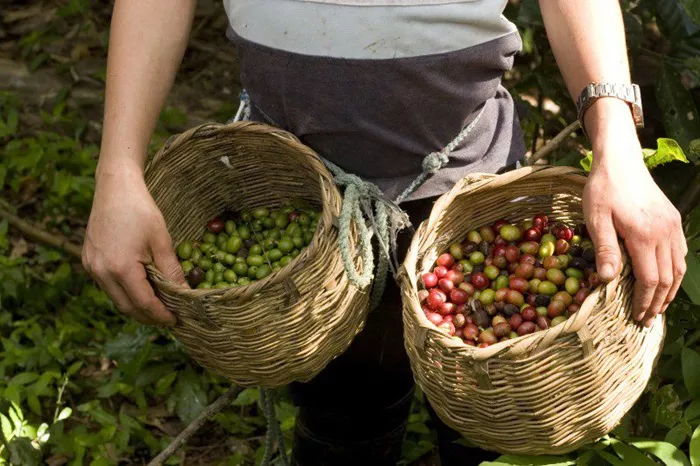Your morning cup of coffee could soon become a luxury as climate change drives up prices and disrupts global coffee production. Last week, coffee prices surged to their highest point in 47 years, as extreme weather conditions continue to impact coffee-growing regions.
Brazil and Vietnam, the world’s two largest coffee producers, have both faced severe droughts over the past year. These conditions, exacerbated by the El Niño weather pattern and global warming, have led to widespread crop losses that could affect the coffee supply for years to come. Experts warn that by 2050, rising temperatures may shrink suitable coffee-growing areas by half, threatening the livelihoods of farmers in developing countries.
As the climate crisis deepens, consumers can expect even higher coffee prices. In response, coffee companies are experimenting with strategies to adapt, from diversifying their sources to moving away from coffee cultivation entirely.
Droughts and Wildfires: A Growing Threat
Brazil’s National Center for Monitoring and Early Warning of Natural Disasters reported in September that the country was experiencing its “most intense and widespread drought in history,” with nearly 60 percent of the region under stress. Climate change and El Niño have caused severe heat waves, further exacerbating drought conditions. Additionally, decades of deforestation in Brazil have worsened rainfall patterns and the land’s ability to retain moisture, The Washington Post reports.
The ongoing drought has also fueled wildfires, which have devastated coffee, sugarcane, and fruit crops in Brazil. The fires are often caused by the “slash-and-burn” technique, where farmers cut down trees and burn them to clear land for agriculture. In Vietnam, coffee farmers have similarly faced droughts and the impacts of Typhoon Yagi in September.
Although rain returned to Brazil in October, offering hope for coffee crops, many farmers fear the damage is already done. Reuters reports that many small-scale coffee farms in both Brazil and Vietnam are struggling to recover.
“Coffee is the canary in the coal mine for climate change and its effect on agriculture,” said Elizabeth Shapiro-Garza, an associate professor at Duke University.
Arabica Coffee Faces Greater Threats
Arabica coffee, the most commonly used species in consumer coffee, is particularly vulnerable to climate shocks. These plants thrive in moist, shady environments typically found in tropical regions, growing best between 64 and 70 degrees Fahrenheit. However, a 2022 study found that climate change is pushing key coffee-growing areas, such as parts of Eastern Brazil and Southeast Asia, out of this ideal temperature range.
Some areas in East Africa, Asia, and South America could see growth opportunities, but many lack the infrastructure to support large-scale coffee production without causing further deforestation.
Market Reactions: Price Increases and Adaptation
As a result of these challenges, arabica coffee prices have soared nearly 70 percent this year, with future contracts reaching $3.35 per pound last week.
The coffee industry is already feeling the impact. In November, Nestlé announced it would raise prices and reduce the size of its coffee bags to offset the increasing costs. Other companies are grappling with how to meet rising demand while coping with shrinking supplies.
“There is an urgency now, because this year proves that the impact of climate change cannot be underestimated,” said Andrea Illy, CEO of illycaffè. “It is starting to change the market itself.”
Adapting to Climate Change: New Regions and Alternatives
To cope with the crisis, some coffee companies are investing in new coffee-growing regions. Starbucks, which purchases 3 percent of the world’s coffee, announced in October that it would buy two farms in Guatemala and Costa Rica. European coffee roaster Lavazza has invested more than $1.5 million to revive Cuba’s coffee industry.
Meanwhile, innovative businesses are exploring alternatives to traditional coffee beans. Efforts to “climate-proof” coffee, including using ingredients like chickpeas and barley, are emerging as potential solutions.
As climate change continues to impact coffee production, it seems that the future of your morning cup may depend on how the industry adapts to these growing challenges.
Related topics:
- Global Coffee Prices Surge as Brazil Faces Lower Crop Yields
- Starbucks Struggles with Declining Sales, Launches Recovery Plan
- Global Coffee Prices Set to Surge 25% by 2025 Amid Supply Chain Woes


